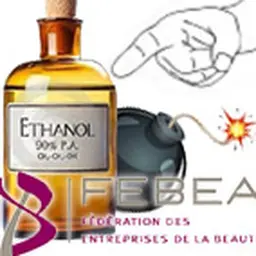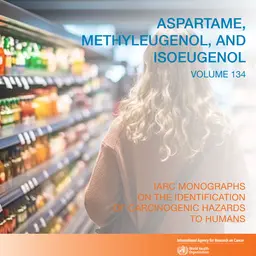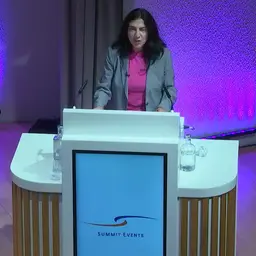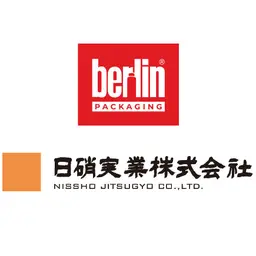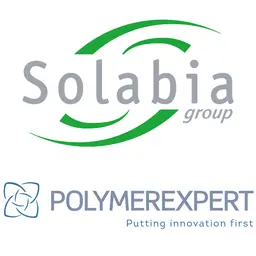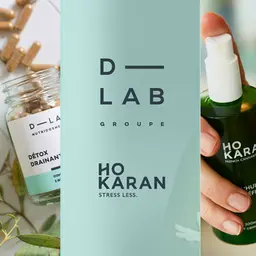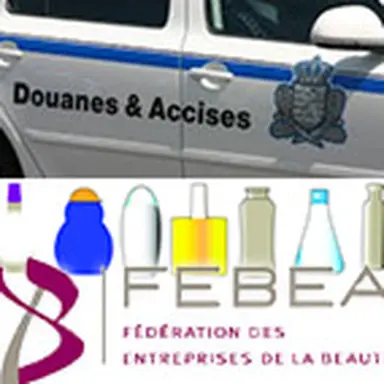
58% of perfumes containing alcohol use it in denatured form, and this figure goes up to 84% for cosmetics. At an afternoon of conferences held by the FEBEA (French Federation of Beauty Companies) last June 29, 2015, Magali Duranton, Inspector at the DG-DDI (Directorate-General of Customs and Indirect Taxes), reminded of the status of denatured ethanol and the implications of denaturing processes, whether they be technical, administrative, or financial. Here is an overview of her presentation.
Magali Duranton is a Customs Inspector and Editor at the
F3-Contributions indirectes
(Indirect Taxation) division of the Directorate-General of Customs and Indirect Taxes in charge of regulations on the exemption from excise duty on alcohol.
As a starter to her presentation, she reminded of the legal bases of the regulations applicable to alcohol intended for perfumery and cosmetics.
The texts
Three texts are used as references on the Community level:
•
Directive 2008/118 of 16 December 2008
concerning the general arrangements for excise duty
•
Directive 92/83 of 19 October 1992
on the harmonization of the structures of excise duties on alcohol and alcoholic beverages (Art. 27)
•
Implementing Regulation 162/2013 of 21 February 2013
amending the Annex to Regulation 3199/93 on the mutual recognition of procedures for the complete denaturing of alcohol for the purposes of exemption from excise duty
These European texts have been transposed to French law, and their provisions can be found in the CGI, the French Code général des impôts (General Tax Code):
• Articles 302 D I 3, 302 D bis, 458 and 508 of the CGI
• Articles 165 to 192 in Annex I of the CGI
• Articles 111-0 E to 111-0 …

